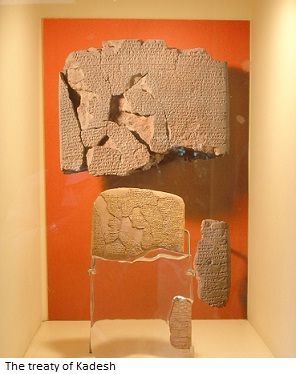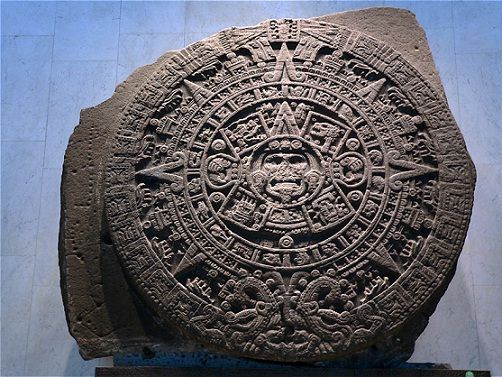Article
The Top 10 Non-Art Museums
Author(s):
If art isn't your thing, then here are the top 10 non-art museums in the world, from Washington, D.C.'s National Air & Space Museum to the Anne Frank Museum.
Art isn’t the only thing to be found in museums. Not all of them are as eccentric as the Museum of Broken Relationships in Zagreb, Croatia or the Museum of Funeral Carriages in Barcelona, Spain. But there are plenty of museums out there whether you’ve seen it all or art just isn’t your thing and
travel website VirtualTourist.com compiled a list for you.
Here are 10 museums around the world for those of you have visited the Metropolitan Museum of Art, seen the Mona Lisa in the Louvre and are looking for something a little different.
10. The Istanbul Archaeology Museums in Istanbul, Turkey

Three archeological museums housing over one million objects. Given the history of the area, Turkey’s museums cover the intertwining cultures from the nation’s history. Among the artifacts is the Alexander Sacrophagus, once believed to be prepared for Alexander the Great. The museums also have objects from early civilizations like Anatolia and Mesopotamia.
9. Tokyo National Museum in Tokyo, Japan
Japan’s first museum is complex of five exhibition buildings with traditional finds, like samurai, swords and decorative objects, like screens. The collection’s focus on ancient Japanese art and Asian art along the Silk Road, but it also houses a large collection of Greco-Buddhist art.
From March 20 to June 10, 2012, the Tokyo National Museum will be hosting a special exhibition of Japanese Masterpieces on loan from the Museum of Fine Arts in Boston, Mass.

8. The British Museum in London, England
The permanent collection numbers eight million works from all continents documenting human history and culture. The museum was established thanks to a physician. Sir Hans Sloane had collected 71,000 objects of all kinds during his life, all of which he left to the nation in his will.
Among popular, and disputed, artifacts are Greece’s Elgin Marbles, Nigeria’s Benin Bronzes and Egypt’s Rosetta Stone.
7. Anne Frank Museum in Amsterdam, Netherlands
The museum, which highlights all forms of persecution and discrimination, has preserved the hiding place where Anne Frank, her family and four others hide for more than two years.
6. Museo Nacional de Antropologia in Mexico City, Mexico

People can see all the archaeological and anthropological artifacts of Mexico’s lost civilizations without ever leaving the air conditioning. In addition to Mayan treasures and the Aztec Stone of the Sun calendar (pictured above), the museum has hosted visiting exhibits from other cultures, such as ancient Iran, Greece and China.
5. The Vasamuseet in Stockholm, Sweden
Vasa
The Vasa Museum is a maritime museum with an almost fully intact 17th century ship: the warship . Other museum ships are moored in the harbor outside the museum.
4. Musical Instrument Museum in Brussels, Belgium
The museum has collected over 8,000 instruments. Visitors are given headphones so they can listen to musical extracts of the instruments. However, English speakers are slightly out of luck as information is provided in French and Dutch.
3. Lower East Side Tenement Museum in New York City, New York
The Lower East Side Tenement Museum can almost be viewed as a companion to Ellis Island. Where the latter reveals the hardships immigrants faced upon arriving, the former illustrates what they faced in a city like New York. The museum has restored apartments that immigrants lived in between 1869 to 1935.
2. National Air & Space Museum in Washington, D.C.

Part of the Smithsonian, the museum boasts the largest collection of historic air and spacecraft, including Charles Lindbergh’s Spirit of St. Louis and the command module from Apollo 11.

1. The Egyptian Museum in Cairo, Egypt
With has nine mummies on display as well as artifacts such as the golden mask of King Tutankhamen (right), the Egyptian Museum of Antiquities claims to have the largest collection of Pharaonic antiquities. No photography is allowed inside the museum, unfortunately.
During the Egyptian Revolution of 2011, both protestors and army commandos attempted to protect the museum during protests in Cairo. Looters managed to get in but only did minor damage.
Read more:




